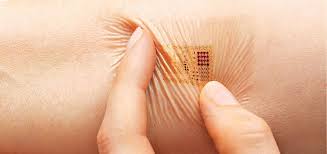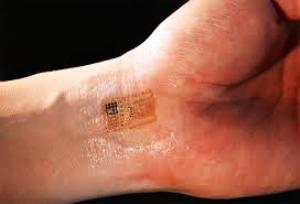Performance and structure of medical and chemical bio sensors based on nano-microelectronics PhD
Author and Researcher: Afshin Rashid
Important: A biosensor or biosensor is the name of a group of sensors. These sensors are designed to react with a single material. The result is a message that a microprocessor can analyze.
These sensors are used to detect and quantify species in biological systems.
These sensors consist of three parts:
A (biological acceptor or bioreceptor: a biological element) is antibodies, nucleic acids, enzymes, cells, tissues and other biological substances ( which can selectively react with a particular substance only).
(Detector and converter: which acts after the reaction of certain substances with biological acceptors and can determine the type and amount of reaction by different physico-chemical methods ) Example by examining electrochemical, optical, mass or thermal changes before and after Reaction (and send it to the CPU by appropriate signals.
C) Signal processors: mainly responsible for displaying results and performing sensor calculations.
In recent years, biosensors have been the focus of many research centers. Because biosensors are powerful tools for identifying biomolecules, they are now used in various medical sciences, chemicals, food industries, environmental monitoring, manufacturing of pharmaceuticals, health care and more.
Human olfactory and taste senses that detect odors and flavors, or the immune system that identifies millions of different molecules , are examples of natural biosensors. The most widely used biosensor in medical diagnostics and laboratory sciences , glucose biosensors are currently one of the most successful biosensors on the market that are used to measure blood glucose concentrations in diabetic patients. In the pancreas, diabetic patients do not produce enough insulin. In such cases to regulate consumption
Insulin is essential for continuous blood glucose monitoring. The sensors help patients with diabetes monitor their blood glucose levels throughout the day and inject insulin when needed.
There are various applications for biosensors in medical and clinical medicine as follows:
- Diagnosis and treatment of cancer, diabetes, ... (
- Diagnosis of diseases at the gene level) Cancer, diabetes and ... (
- Diagnosis of pathogens
- Measuring drugs and their metabolites, discovering new drugs and evaluating their activity
- Evaluation and measurement of the analytes present in the biological sample
Quick diagnosis of diseases Using rapid or care-of-point tests, these tests are characterized by the speed and cheapness of the test method.




